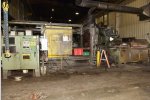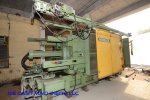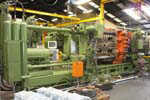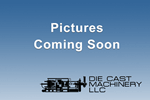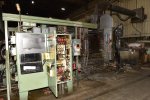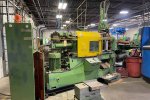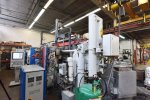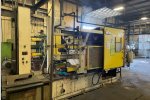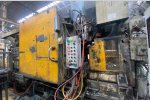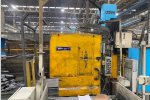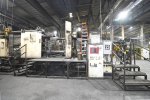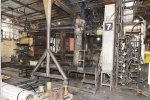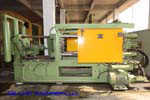Aluminum Die Casting Machines
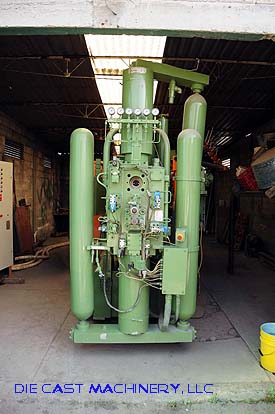 There are two basic types of die casting machines: hot-chamber machines and cold-chamber machines. The main difference between cold chamber machines and hot-chamber machine is that in cold chamber machines, the molten metal for the casting is fed to the shot chamber from an external source.
There are two basic types of die casting machines: hot-chamber machines and cold-chamber machines. The main difference between cold chamber machines and hot-chamber machine is that in cold chamber machines, the molten metal for the casting is fed to the shot chamber from an external source.
In hot chamber machines, the source of molten metal is attached to the machine. Hot chamber machines are typically not used because the aluminum can pick up some of the iron while in the molten pool.
In cold chamber machines, a precise amount of molten metal is transported to the cold-chamber machine, where it is fed into an unheated (cold) shot chamber or injection cylinder. Then the shot is driven into a die by a piston. The piston can be hydraulic or mechanical. Material must be brought in for every shot or cycle of production. This slows down the production rate for die casting. Where in the hot chamber process, castings can be constantly output. The biggest disadvantage of cold chamber machines system is slower rates. Cold chamber die casting also requires more pressure than hot chamber die casting. With these drawbacks, production rates are sufficient for cold chamber machines to be considered a high production manufacturing process.
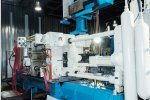
Inventory ID: 5651
Buhler Evolution B 66 D 6615 kN (674 metric ton/743 U.S Tons) Horizontal Cold Chamber Aluminum High Pressure Die Casting Machine
View Details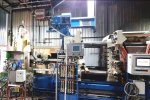
Inventory ID: 5650
Buhler Evolution B 84 D 9300 kN (948 metric ton) Horizontal Cold Chamber Aluminum High Pressure Die Casting Machine
View Details
Inventory ID: 3726
Ex-Cell-O B&T 650 Ton Horizontal Cold Chamber Aluminum High Pressure Die Casting Machine
View Details
